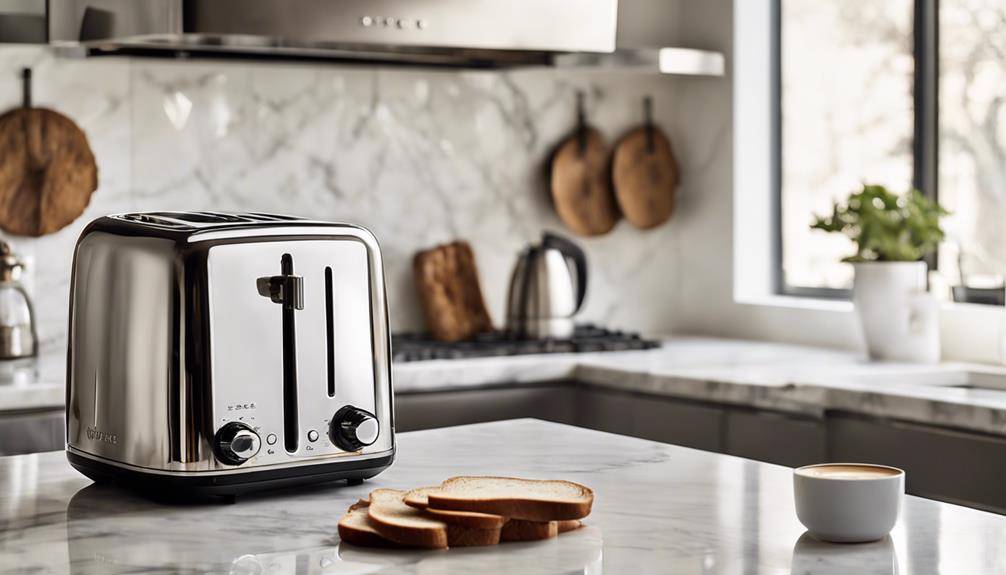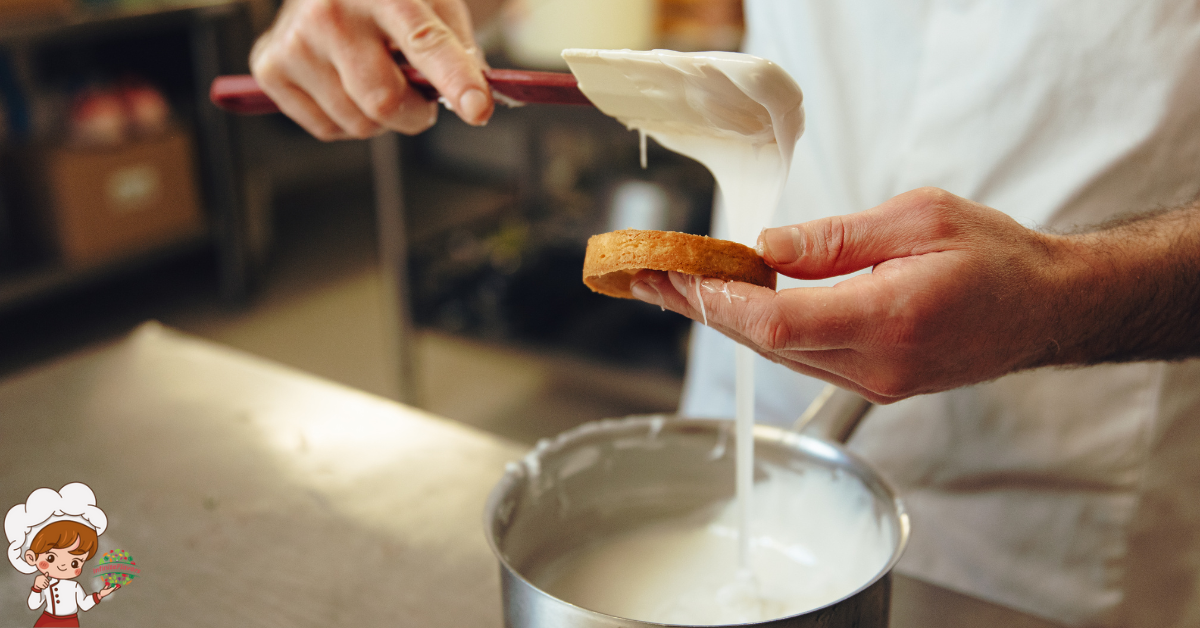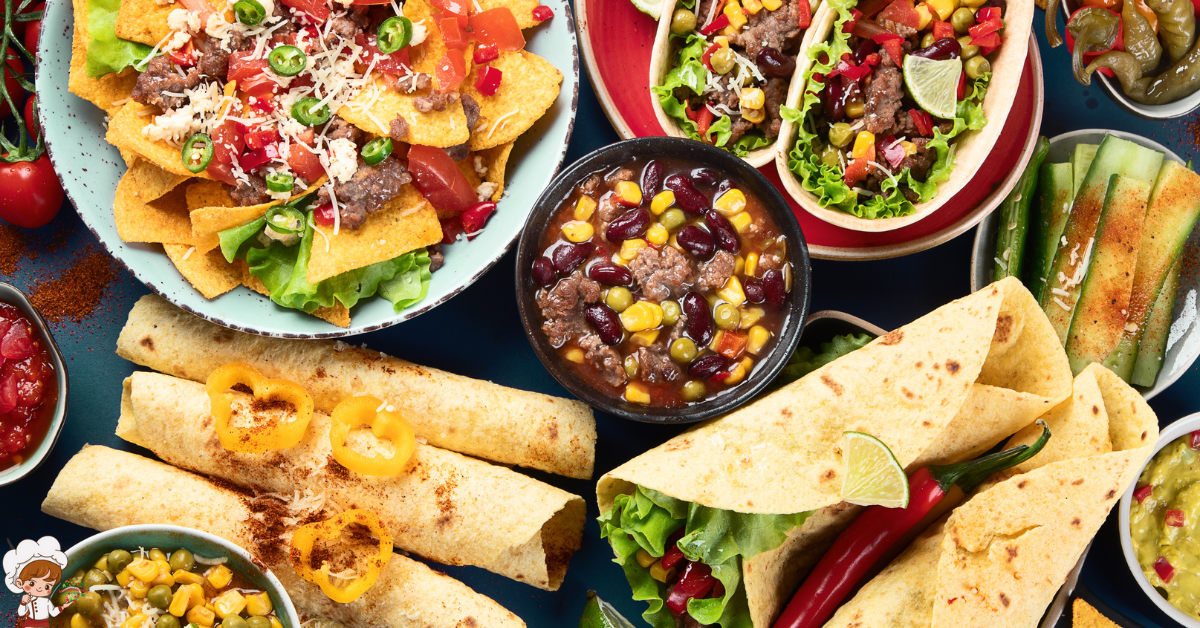The Best Time To Grill Steak

Best Time To Grill Steak; Are you a steak lover who enjoys a juicy, perfectly grilled piece of meat? Then you know that timing is everything when it comes to achieving that mouthwatering flavor and tenderness. Picture this: it’s a warm summer evening, and you’re surrounded by friends and family, the smell of charcoal wafting through the air. You can almost taste that sizzling steak on the grill. But have you ever wondered if there’s a best time of day to grill your steak? Well, prepare to have your taste buds tantalized as we explore the factors that can make all the difference in your grilling experience.
Ideal Grilling Temperatures
To achieve the perfect grilled steak, it is essential to maintain ideal grilling temperatures throughout the cooking process. The success of your steak largely depends on how well you master the art of ideal grilling techniques and understand the importance of maintaining the right temperatures.
First and foremost, it is crucial to preheat your grill to the appropriate temperature before placing the steak on the grates. For a thick cut of steak, such as a ribeye or a New York strip, aim for a medium-high heat of around 400 to 450 degrees Fahrenheit. This allows for a good sear while ensuring the meat cooks evenly. On the other hand, for thinner cuts like a flank steak or a skirt steak, a high heat of around 450 to 500 degrees Fahrenheit is recommended to quickly sear the exterior and lock in the juices.
Once the grill is preheated, it’s time to put your marinating recommendations to use. While marinating is not necessary for a delicious steak, it can add an extra layer of flavor. Before grilling, make sure to pat the steak dry with paper towels to avoid excess moisture and promote better browning. Then, generously season the steak with your preferred marinade or a simple mixture of salt, pepper, and any other desired herbs or spices. Allow the steak to sit at room temperature for about 20 to 30 minutes to ensure even cooking.
Factors Affecting Cooking Time
To ensure your steak is cooked to perfection, it is important to consider two key factors: the intensity of the heat source and the thickness of the steak. The intensity of the heat source will determine how quickly your steak cooks, while the thickness of the steak will affect the overall cooking time. By understanding and managing these factors, you can achieve the desired level of doneness and create a delicious, mouthwatering grilled steak.
Heat Source Intensity
Achieving the perfect level of heat intensity is crucial when it comes to grilling steak to perfection. Controlling the heat on your grill is essential in order to achieve the desired doneness and create those beautiful grill marks that add both visual appeal and flavor to your steak. Proper grill heat control ensures that your steak cooks evenly and avoids overcooking or undercooking. To achieve the ideal heat intensity, start by preheating your grill to a high temperature.
This allows for a quick sear on the outside of the steak while maintaining a juicy and tender interior. The grill marks technique involves placing the steak diagonally on the grates and letting it cook undisturbed for a few minutes before rotating it 90 degrees to create those classic crosshatch marks. Mastering heat source intensity is a key factor in grilling steak to perfection.
Thickness of the Steak
Controlling the heat source intensity is just the beginning; another crucial factor that affects the cooking time of your steak is the thickness of the cut. The thickness of your steak determines how long it will take to cook it to your desired level of doneness. Thicker cuts of steak, such as ribeye or porterhouse, require more time on the grill to ensure that the center reaches the desired temperature without overcooking the outer layers.
For thinner cuts, like flank or skirt steak, a shorter cooking time is necessary to prevent them from becoming tough and dry. To achieve optimal results, it is important to adjust your cooking techniques accordingly. Additionally, marinating methods can also affect the cooking time by tenderizing the meat and adding flavor. So, when grilling steak, consider the thickness of the cut and adapt your cooking techniques and marinating methods accordingly for the best results.
Different Cuts of Steak and Their Grilling Time
When grilling steak, it is essential to understand the different cuts and their respective grilling times to ensure a perfectly cooked and flavorful meal. Each cut of steak has its own unique characteristics, which require varying cooking techniques and marinating methods.
Let’s start with the ribeye steak, known for its marbling and rich flavor. This cut is best cooked to medium-rare or medium to fully appreciate its tenderness and juiciness. It typically takes around 4-5 minutes per side on a hot grill to achieve the desired doneness.
Next up is the New York strip steak, which is leaner than the ribeye but still offers great flavor. This cut can be cooked to medium or medium-well, and it requires around 5-6 minutes per side on the grill. Be careful not to overcook it, as it may become tough and dry.
For those who prefer a leaner option, the filet mignon is a popular choice. This tender cut is best cooked to medium-rare, as it can become dry if overcooked. It requires about 4-5 minutes per side on the grill to achieve the desired doneness.
Lastly, we have the T-bone steak, which combines the tenderness of the filet mignon with the rich flavor of the New York strip. This cut is best cooked to medium or medium-rare, and it typically takes around 5-6 minutes per side on the grill.
Best Time of Day to Grill Steak
Grilling steak at the optimal time of day can greatly enhance the flavor and tenderness of your meal. The best time to grill steak is during the late afternoon or early evening when the temperature is cooler and the sun is not at its peak. This allows for a more controlled cooking environment and prevents the steak from becoming overcooked or dried out.
When it comes to grilling steak, using ideal grilling techniques is essential. Preheating the grill to a high temperature is crucial to achieving a perfectly seared exterior while maintaining a juicy and tender interior. It is recommended to sear the steak for a few minutes on each side over direct heat and then move it to indirect heat to finish cooking. This technique helps to lock in the juices and create a delicious crust on the steak.
In addition to the right grilling techniques, marinating the steak can also enhance its flavor and tenderness. Marinating is the process of soaking the steak in a mixture of oil, acid (such as vinegar or citrus juice), and seasonings for a designated period of time. This allows the flavors to penetrate the meat and helps to tenderize it. It is best to marinate the steak for at least 30 minutes or up to overnight before grilling.
Seasonal Considerations for Grilling Steak
Considering the changing seasons, how can you ensure that you are grilling steak at the right time to maximize flavor and tenderness? Seasonal considerations play a crucial role in determining the best time to grill steak. As the weather changes throughout the year, it is important to adapt your grilling techniques, marinades, and seasoning options to enhance the overall dining experience.
During the warm summer months, grilling steak is a popular choice for outdoor gatherings and barbecues. The high heat of the grill helps to sear the steak quickly, creating a flavorful crust while keeping the inside tender and juicy. For these hot summer days, simple marinades with citrus or herb-based seasonings can add a refreshing touch to your steak, enhancing its natural flavors.
In contrast, grilling steak during the cooler fall and winter seasons requires a slightly different approach. As the temperatures drop, it is important to adjust your grilling technique to ensure that the steak cooks evenly and retains its tenderness. Consider using indirect heat or preheating the grill to a higher temperature to compensate for the cooler outdoor temperatures. Additionally, marinating the steak for a longer duration can help to tenderize the meat and infuse it with intense flavors.
Springtime provides a unique opportunity to experiment with fresh and vibrant flavors. Take advantage of the abundance of seasonal herbs, such as rosemary and thyme, to create herbaceous marinades and seasonings that complement the steak’s rich flavors. Grilling steak in the spring allows you to embrace the natural beauty of the outdoors while enjoying a delicious and tender meal.
Tips for Achieving the Perfect Grilled Steak
To achieve the perfect grilled steak, it is essential to master the art of temperature control. Properly cooked steak can be achieved by employing various grilling techniques and marinating methods. When it comes to grilling techniques, one of the most important factors to consider is the direct heat method. This involves placing the steak directly over the heat source, whether it be charcoal or gas, to sear the meat and lock in the juices. To ensure even cooking, it is crucial to preheat the grill to a high temperature, around 450-500°F (232-260°C).
Another technique to achieve a perfect grilled steak is the indirect heat method. This involves creating two heat zones on the grill: a hot zone and a cooler zone. Start by searing the steak over the hot zone to create a flavorful crust, then move it to the cooler zone to finish cooking. This method allows for more control over the steak’s internal temperature and helps prevent overcooking.
In addition to grilling techniques, marinating methods can greatly enhance the flavor and tenderness of the steak. A simple marinade can be made by combining olive oil, minced garlic, fresh herbs, and a splash of acid, such as lemon juice or vinegar. Marinate the steak for at least 30 minutes, or up to 24 hours for a more intense flavor. The acidity in the marinade helps break down the muscle fibers, resulting in a more tender and flavorful steak.
Best Time To Grill Steak; Frequently Asked Questions
Can I Use a Gas Grill Instead of a Charcoal Grill for Grilling Steak?
You can definitely use a gas grill instead of a charcoal grill for grilling steak. Gas grills offer convenience and precise temperature control, but some argue that charcoal grills provide a smokier flavor. It ultimately depends on your personal preference.
Should I Marinate the Steak Before Grilling It? if So, for How Long?
To ensure a flavorful and tender steak, it is recommended to marinate it before grilling. You have several marinade options, such as using a blend of herbs and spices or a combination of soy sauce and Worcestershire sauce. The duration of the marinade will depend on the thickness of the steak, but generally, it’s best to marinate for at least 30 minutes to two hours.
This will allow the flavors to penetrate the meat and enhance its taste. When it comes to grilling techniques, make sure to preheat your grill and cook the steak over direct heat for a few minutes on each side for a perfect sear. Remember to let the steak rest for a few minutes before serving to retain its juiciness.
Can I Grill Frozen Steak Directly, or Should I Thaw It First?
To achieve optimal results, it is recommended to thaw the steak before grilling. Grilling frozen steak may result in uneven cooking and a less desirable texture. Thawing allows for even heat distribution and a juicier, more tender steak.
What Are Some Alternative Cooking Methods for Steak if I Don’t Have Access to a Grill?
If you don’t have a grill, there are alternative cooking methods for steak. You can try pan-searing or broiling in the oven. Additionally, there are steak substitutes like portobello mushrooms or tofu for a vegetarian option.
How Can I Tell if the Steak Is Done Cooking Without Cutting Into It and Losing Juices?
To determine steak doneness without cutting into it and losing juices, use the touch test: press the steak with your finger and compare the resistance to the firmness of different parts of your hand. Juicy steak cooking techniques include marinating and basting.
Conclusion
In conclusion, the best time to grill steak depends on various factors such as ideal grilling temperatures, cooking time, and the specific cut of steak being cooked. Additionally, considering the time of day and seasonal factors can also enhance the grilling experience. By following these tips and techniques, you can achieve the perfect grilled steak that is tender, flavorful, and cooked to perfection. Happy grilling!








